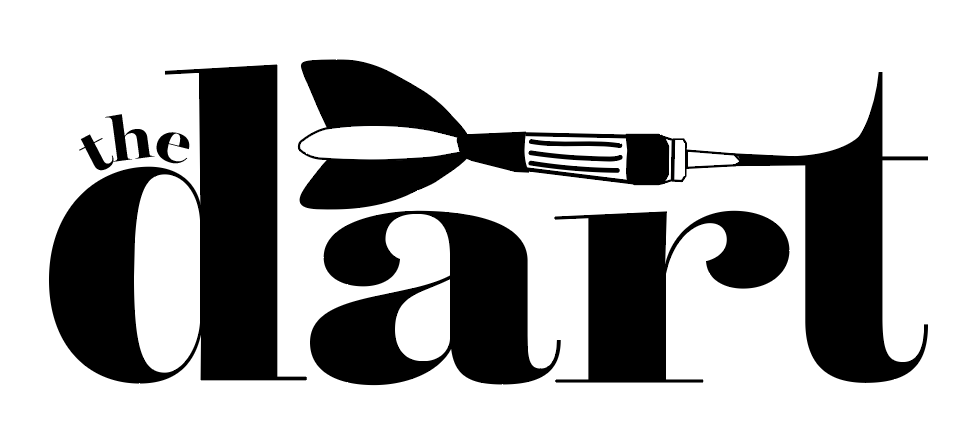Paying attention doesn’t have to be scary
Following the news can make current events less scary in a time when many people are afraid to be informed.
December 13, 2019
I would really like to be able to say that I read the news every day. I read briefings while I’m waiting to get coffee on some mornings, I listen to NPR podcasts when I’m driving home in a good mood and I read New York Times opinion pieces when I have extra time on the weekends. These are small things and I don’t do them every day. However, I try to be as consistent as possible and I always make sure to use reliable sources.
When I get out of this routine and don’t follow the news myself, I still hear it one way or another. If it’s not from an actual article, I see the headline out of context on my Twitter timeline or I hear it filtered through the perspective of my friends who are biased. In today’s political climate, I often hear people say that they can’t follow the news because it is too scary and depressing. That is only true if you’re getting your news inconsistently and from unreliable sources or taking sensationalism at face value. In my experience, the news is not the problem, but the solution to being scared of current events.
It cannot be denied that hearing brief descriptions of wildly complicated situations can be downright depressing. For example, I first heard about President Trump’s threat to cut federal funding for containing California’s wildfires from a New York Times headline on my Twitter timeline reading, “Trump Stymies California Climate Efforts Even as State Burns.” That is a pretty desolate statement to read out of context.
However, upon doing a quick Google search on the issue, I found a Washington Post article that clarifies that Trump likely does not have the authority to do that. It’s still scary that he made a threat like that at all, but knowing the facts makes it much less so. There are two sides to every issue and it is impossible to summarize them both in a headline or a quick recap.
Not only is following the news important, but it is very accessible. There are so many mediums through which you can receive the news and almost all of them are either free or very cheap. A basic subscription to the New York Times costs $2 per month. The Kansas City Star is a one-time fee of $9.99. If you’re a fan of podcasts and audiobooks, try listening to NPR during your daily commute, which is free for anyone with a radio or the app. If you prefer to read the news, but don’t have time for lengthy think-pieces, the New York Times emails a Morning Briefing of the most important issues from the previous day that can be read in two minutes or less. The emails include links to full articles and The Times provides 10 free per month. Even news stations can come with no cost attached if you watch the news segments most stations post on YouTube.
Whatever your preferred way of accessing the news, make sure you are taking advantage of it. Being informed is the key to feeling safe and not panicking over sensationalism. Especially with complex ongoing events like the current impeachment proceedings, it is so easy to be deceived by hearsay and misleading language. Avoiding the news altogether is impossible so you may as well learn about it in its truest and most complete forms.
If you want to take an extra step in following and supporting the news, subscribe to a newspaper or donate to your local NPR station. If not, read the news… or watch it or listen to it. Even if it’s not every day, putting in the time to understand the world around you is always worth it because the alternative is being afraid.




